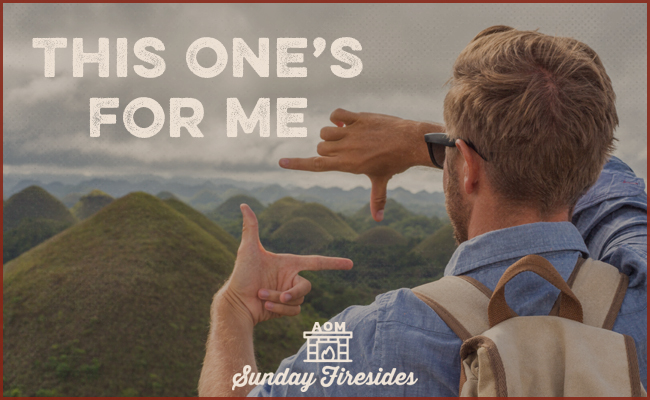
You’re about to begin a beautiful hike into the mountains.
Your guide presents you with two options as to how you can go about the trek.
With option one, you’ll need to carry a small mechanical device with you. Along the hike, particularly its most scenic parts, the device will require you to turn a crank, look through a scope, and press some buttons.
Option two is to simply take the hike as you are, unburdened by any distractions.
Everyone would choose option two.
Researcher Charles Chaffin uses this analogy to highlight the irony, that in fact, in real life, everyone routinely chooses option one; we bring our cameras/phones on our outings, contrary to what we intuitively know: they can inhibit rather than elevate our experiences.
Studies show that when people take pictures of things, they actually remember them less well. In lending attention to your camera/phone, you have less attention to devote to the experience itself, and absorb less of it into your mental memory.
Other research has found that when people take a picture of an experience with the intention of later sharing it on social media, they enjoy the experience less. They can’t fully immerse themselves in their first-person perspective, because they’re imagining how it will be viewed by a third-party audience.
There’s of course nothing wrong with snapping, and sharing, photos now and again. It’s just that, ironically, the greater a moment — the more majestic and awe-inspiring; the more intimate and moving; the more Instagram-worthy — the less we ought to be inclined to capture it with our devices.
The more we want to remember and relish life’s best moments, the more we ought to look out with eyes unbounded by the parameters of a lens; to leave our cameras in our pockets; to think:
“You know . . . this one’s for me.â€


